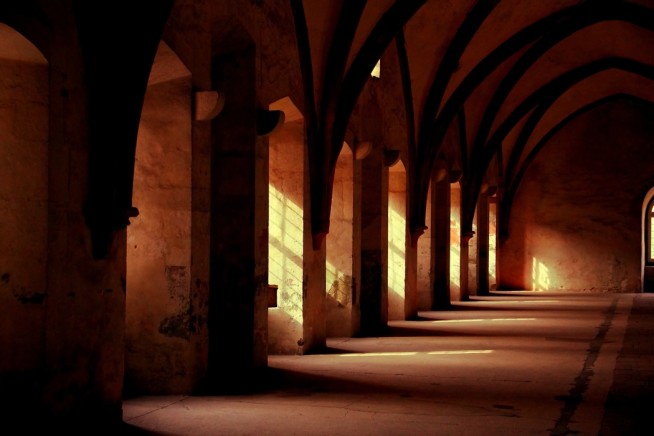Without scientific instruments, yogis knew the distance to the sun, the speed of light, the distance to the moon and all of the planets. They had Vedic astrology and ayurvedic medicine all worked out, because in those days human beings had an additional sense known as the botanical sense.
Just as you can smell or see a plant, in those days you could know a plant.
We have no sense of this concept now, but at that time, one could walk up to a plant and instantly know whether it was medicinal, nutritional, or toxic—that is, whether it would feed you, heal you, or kill you.
You would grasp what part of you it would nourish or heal. The human capacity was vast and the potential is still there.
You long for that vastness and that is why you are who you are. @gurusinghdaily
(Click to Tweet!)
It was all written down and developed, giving rise to the different branches of yoga: hatha yoga, kriya yoga, raj yoga, kundalini yoga, bhakti yoga. Each one had a special sacredness. No one was concerned about their thighs or their six-pack in those days, so there wasn’t any slim-and-trim yoga at the local spa.
Imagine holding one thought for twenty four hours, a thought you could hold forever if necessary. As a means of comparison,think of our capacities in terms of stages of development. Could an eighteen-month-old child hold a thought that long if, say, someone bet a million dollars? No way. So, if you can’t hold a single thought for twenty-four hours, you’re a mental infant. By comparison, that is.
For at least a thousand years, we’ve designed our world to disparage the capacity to concentrate. We displaced God to be an external force; we call that power a him, chase it endlessly and throw parties that we call wars.
Guru Singh is a world-renowned yoga instructor, author, musician, and family man. Guru Singh works with the Dalai Lama, teaches with Tony Robbins, and has recorded an album with Grammy® Award-winning artist Seal. He can also be found on Facebook and Twitter.
Check out Guru Singh’s most recent book: Buried Treasures: The Journey From Where You Are to Who You Are.
Image courtesy of Harmut Tobies.












